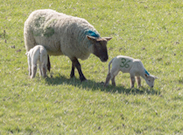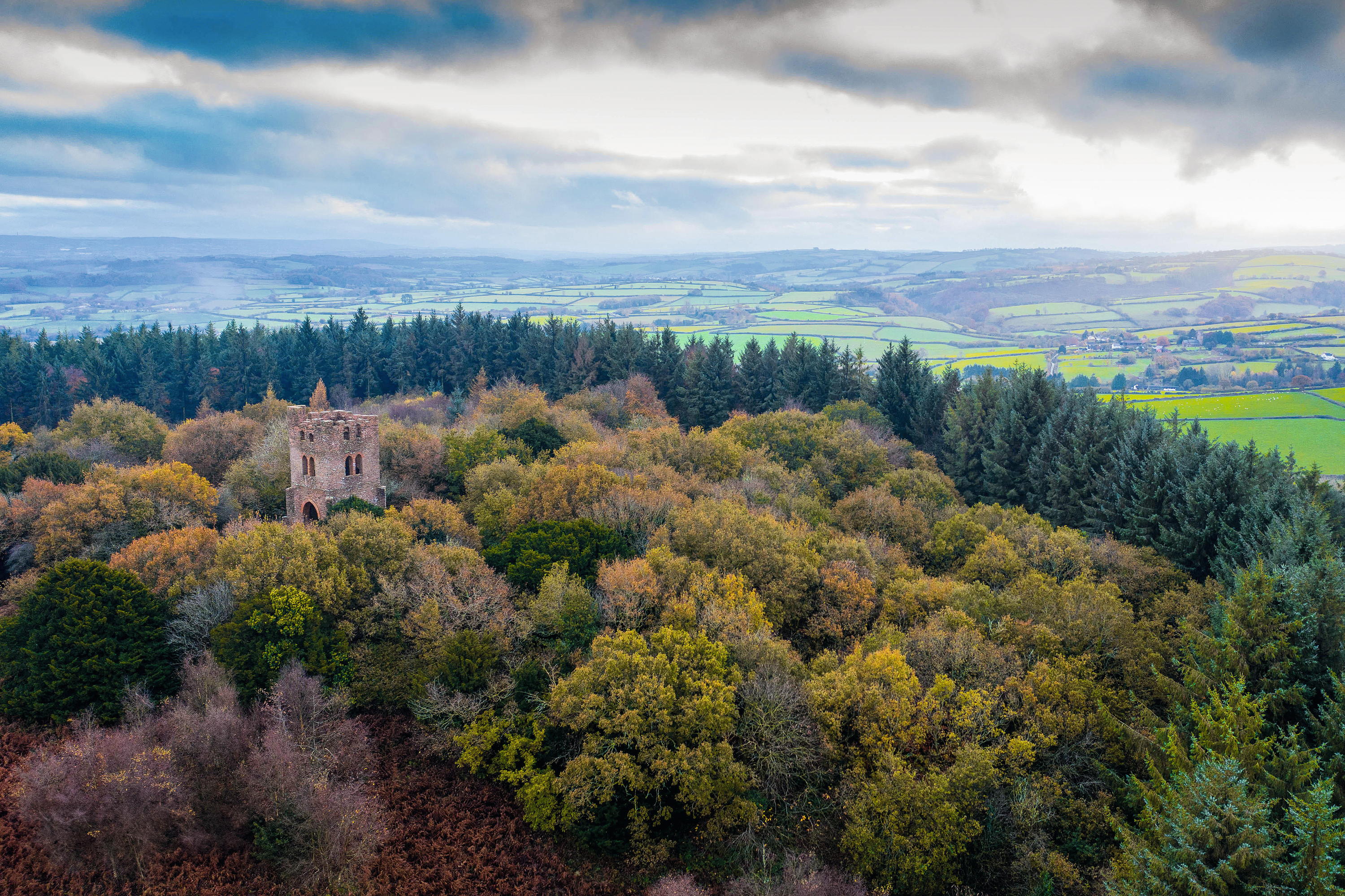Need to know: Grazing licences
Grazing licences can be a useful way of making money from your land without getting into the choppier waters of tenancy agreements, says Elizabeth


Although I have previously written about agricultural tenancies, there is a second tier of agreements for occupying agricultural land: these are not ‘full' tenancies and instead, confer the lesser legal right of a licence. It can be helpful to think of a licence in terms of ‘letting someone onto your land to do something', versus a tenancy, where you are granting them exclusive possession of your land, to the exclusion of you (and everyone else). Ultimately, it is a question of law whether an agreement is a tenancy or a licence and the actual wording of the document is nearly irrelevant in this regard; be warned! The key question is whether the occupier has exclusive possession of the land. As you can imagine, this has led to a lot of case law i.e. arguments.
Grazing licences commonly crop up (forgive the pun) in cases where the owner is happy to let a few fields, on a short-term basis, whilst they are not using them, but wants to be able to regain possession of the land quickly and without fuss; in this regard, licences can be an extremely useful alternative to a tenancy, as when the period ends, the grazier must leave, no ifs, no buts. The other big advantage of grazing licences is that the land is still deemed to be occupied by the landowner and so he can continue claiming single payment scheme on it.
Further, from an inheritance tax point of view, you start qualifying for agricultural property relief on the land after only owning it for two years if you are in occupation of it, instead of seven years, if it is occupied by a tenant. In either case, it is vital that the agreement is properly drafted and cannot be argued to be a de facto tenancy (in which case you would lose these advantages).
* Subscribe to Country Life and save
Although it varies, a typical grazing licence would run from 1 May until 31 October in any year although really any period is now fine, as long as it is for less than two years (at that point you run in to problems with farm business tenancy legislation). It gives the grazier the right to graze their animals on the land during that time, in return for a ‘fee'. The fee is usually paid in a lump sum; partially from a practical point of view, but also to differentiate it from rent which is paid periodically. Appropriate rights to access the land should also be granted, which back up the assertion that you are ‘permitting' the grazier to go on to your land, not giving them an interest in it. Typically, the grazier covenants to pay the fee and not do anything which is likely to harm the land: you see the odd licence which prevents the grazier putting on known fence-breakers, but I can only assume this would be near impossible to enforce in practice.
There should also be an obligation on the grazier to remove the animals at the end of the licence period (!) and to indemnify the owner in respect of any losses suffered. Further, if appropriate, there should be an obligation on the grazier to comply with the provisions of any grant scheme affecting the land and/or cross compliance rules; after all, it would be extremely annoying to lose one's payments, because the grazier has taken it upon themselves to dig up a hedgerow. There are usually few, if any, obligations on the landowner. Grazing licences can and often are, renewed annually but it can be helpful to include a clause stating that this is not to be assumed to be the case - again, this helps to negate any inference that a more permanent right, such as a tenancy, is what is really intended by the parties.
Profit a Prendre agreements (known also as rights of herbage or pasturage) arise less frequently, but are really a different way of achieving the same end; you are still letting a third party's animals occupy your land in return for a fee, but the legal rationale is different. In a profit, you are effectively selling your crop of grass to the third party and they are taking that crop of grass, via the mouths of their animals (I am laughing as I write this - you just could not make up some of the conceits of English law). Again, the landowner remains the occupier of the land, as he is growing the crop of grass that he is selling, which means that the same advantages regarding subsidy and tax relief apply. Drafting considerations are largely the same as for grazing licences, although in profit agreements, you would also expect to see positive obligations on the landowner to maintain the fences and keep down weeds and similar, which is to prove that they are growing and tending the crop (of grass) that is being sold.
Exquisite houses, the beauty of Nature, and how to get the most from your life, straight to your inbox.
A quick note on horses: the problem being that as they are no longer considered to be ‘livestock' (unless they are destined to be hamburgers) they fall into an odd category of their own. What is therefore, vital, is to understand the circumstances in which you are letting them graze your land; if it is a single owner with a couple of animals, a grazing licence should be fine. If however, the grazing is ancillary to a larger operation, such as a riding school or livery yard, where a significant level of service is provided, then probably best avoid licences altogether and instead use a tenancy and ensure that it is contracted out of the provisions of the Landlord and Tenant Act 1954. This avoids the tenant obtaining business security of tenure, which would definitely not be a good thing (for the landowner)!
* Follow Country Life property on Twitter
Despite being one who feels the cold, Elizabeth Earle moved to Northumberland and has worked there as a solicitor with the firm of Dickinson Dees LLP, in the Agriculture, Farms and Estates Team, where she started life as a trainee in 2003. As part of this specialist and nationally renowned team, she works both for a number of larger estates, organisations and trusts on an ongoing basis and also acts on one-off matters, covering the range of rural property law, including; sales and purchases, sporting rights, rights of way, easements and tenancies, to name a few. Outside the office, she nearly managed to get sent to the North Pole, occasionally hunts with the CVNNH and is currently working on improving her marathon time. She lives with her husband and two dogs.
Country Life is unlike any other magazine: the only glossy weekly on the newsstand and the only magazine that has been guest-edited by HRH The King not once, but twice. It is a celebration of modern rural life and all its diverse joys and pleasures — that was first published in Queen Victoria's Diamond Jubilee year. Our eclectic mixture of witty and informative content — from the most up-to-date property news and commentary and a coveted glimpse inside some of the UK's best houses and gardens, to gardening, the arts and interior design, written by experts in their field — still cannot be found in print or online, anywhere else.
-
 Canine muses: David Hockney's chocolate dachshunds, Stanley and Boodgie — who he painted over 40 times
Canine muses: David Hockney's chocolate dachshunds, Stanley and Boodgie — who he painted over 40 timesIn the second edition of our limited series, we meet some more of the dogs who've inspired our greatest artists.
By Agnes Stamp Published
-
 'Meat, ale and guns — what else do you need, bar glorious scenery?': William Sitwell on the Brendon Hills, West Somerset
'Meat, ale and guns — what else do you need, bar glorious scenery?': William Sitwell on the Brendon Hills, West SomersetWilliam Sitwell chooses the Brendon Hills as his piece of heaven in Britain.
By William Sitwell Published

